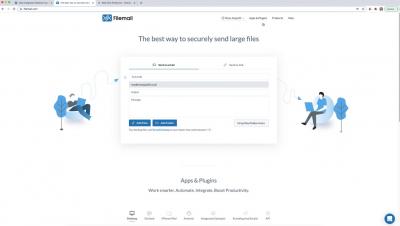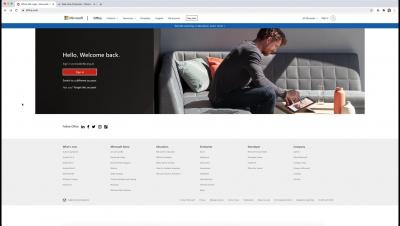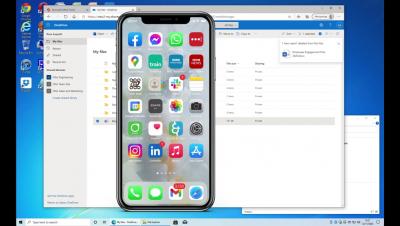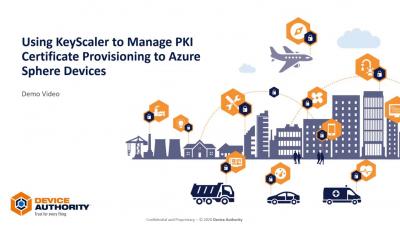Security | Threat Detection | Cyberattacks | DevSecOps | Compliance
Security
Demo: Using Netskope policies to deliver Okta authentication challenges based on risky user behavior
Demo: Netskope preventing data exfiltration to personal devices from cloud apps managed by Okta
4 Emerging SaaS Security Risks to Consider in 2021
Last year, we wrote about the threat landscape we saw on the horizon for 2020 in our SaaS threat landscape post. Focusing on apps like Slack, we honed in on the risks that would matter in 2020. Although our analysis was written well ahead of the COVID-19, some of our concerns were exacerbated as a result of the pandemic. With the pandemic continuing into 2021, we wanted to take the time to review the state of cloud adoption in 2020 and update our threat assessment going into the new year.
Anti-Fingerprint Browsers: What You Need to Know
Client-side technology (such as JavaScript) can be used to create a unique “fingerprint” for a specific device/browser combination, which can be used to modify functionality or detect returning users. Some fraud prevention tools will use fingerprinting to block transactions from browsers that have been previously identified as insecure or involved in fraudulent activity.
How to Define Your Security Posture, and Why it Matters
Not only do cybersecurity organizations need to deliver the level of security required to protect corporate assets, they also need to align with the strategic goals and objectives of the business. By defining, establishing and managing your organization's cybersecurity posture, you can deliver the results needed for the business to be successful.
Should You Consider a Managed SIEM Service?
KeyScaler for Microsoft Azure Sphere - IoT security lifecycle management
From Alan Turing to Future Artificial Intelligences - Reading Security Signals
The notion that the time we are living in now is “unprecedented” is a common one, but historians and philosophers alike will happily note that things are rarely so different that we can’t learn a lot from the past. Despite IT often being dominated by forward-thinking individuals developing novel and innovative new designs, a lot of the problems and potential solutions for IT security are ones that have stood the test of time.
Apple-Notarized Malware: What It Is and How It Affects Mac Users
Malicious actors are targeting Apple. Although Apple introduced a notarization mechanism to scan and prevent malicious code from running on Apple devices, attackers have found ways to circumvent this process. Such Apple-notarized malware constitutes a threat to macOS users. Let us start by exploring what Apple notarization is. We will then discuss some recent examples of Apple-notarized malware and some prevention techniques.










